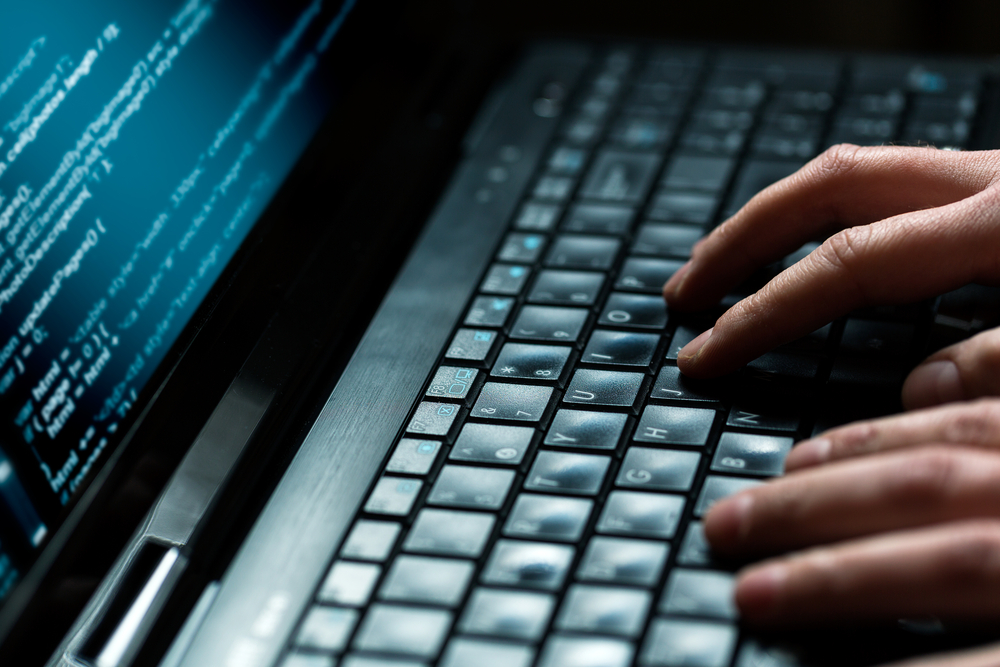
If you want to protect personal data and keep everything private on your computer, here’s how to do it.
First off, have user accounts with passwords for each person who uses your computer. If your computer is only for personal use, it is still advisable to have a guest account should anyone need to borrow your device.
The good thing with user accounts is that the C:/Users directory can only be accessed by the user who created it, if you leave the settings to default. That is, only your user account can open files in My Documents, My Pictures, My Music, etc.
Now that you’ve done the first step to protect private data, you may now opt for additional security measures to eliminate all evidences of computer activities.
Encrypting the hard drive
Bitlocker is a full-disk encryption already built into the newer versions of Windows. Encrypting your hard drive will make it accessible only through typing in your user password. The software, however, is not enabled by default. Simply go to the Control Panel, System and Security then Bitlocker Drive Encryption.
If you’re using an older version of Windows, you can install TrueCrypt which offers a free full-drive encryption to secure all or just some of your files. Another feature this software offers is that it will not only encrypt with a password, it will also make your encrypted files invisible.
Deleting personal files
PrivaZer is a powerful free privacy tool. It is capable of securely removing everything downloaded, installed, deleted, and opened, as well as the temporary files and cookies. You can use its basic or enhanced features, install the software or download a portable version, and then all you ever need to do is launch a full scan. The software will then track all traces of computer use including internet history, opened folders, software use, thumbnail cache and even the contents of the recycle bin. It will then give you the option to choose which ones to remove using various secure deletion methods.
CCleaner, another program, is useful for checking temporary files and registry entries that may have been left behind by primary privacy tools. But aside from this popular program, there are also other similar reputable programs like nCleaner, System Ninja, Glary Utilities, Advanced Uninstaller and Xleaner and DriveTidy. You may not find leftover files, but double checking is still safer to ensure extra traces and everything unwanted is gone.
After deleting unwanted files and checking for remnants, it’s time to perform a wipe of all open spaces and overwrite deleted files from the thumb drive to make sure that they will be unrecoverable. Eraser Portable is a data wiping utility which completely removes sensitive data from the hard drive by overwriting it several times. Files which are deleted but not overwritten can still be retrieved with a disk maintenance or a recovery utility. But with overwritten files, the magnetic fields on the disk platter surface can no longer be studied and undeleted. The file is finally forever gone from the hard drive.
There you have it. Follow these tips and rest assured that your sensitive files are well secured and unrecoverable when deleted.
One comment on “Tech Tips: How to secure sensitive files — even deleted ones”
Comments are closed.